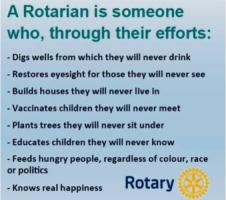Hunting Terrestrial Orchids in SW Australia
Wed, Mar 1st 2023 at 12:50 pm - 2:00 pm
Professor Richard Byrne
Club members please log in for more information.
Guest
speaker, Professor Richard Byrne, gave a fascinating talk, ‘Hunting
Terrestrial Orchids in S W Australia’ to an attentive audience. Emeritus
Professor in St Andrews University’s School of Psychology and
Neuroscience, Prof Byrne’s interest in orchids was originally sparked by
his father. Today’s talk centred on his visits to Australia’s
South-West in pursuit of the rarest orchids. To thrive, orchids require
burnt areas without competitive species (bush fires have always been an
integral part of Australia’s ecology). Professor Byrne explained how to
recognise true orchids, describing the remarkable mechanisms that
orchids use to attract pollinators which transfer the fertilising pollen
to themselves and then carry it, unwittingly, to other plants. Many
superb photographs highlighted the extraordinary shapes and colours of
orchids with roots (as opposed to epiphytic orchids). The different ways
in which orchids present their three petals, two sepals, and a lip, are
truly astonishing. From black globules, specified pheromones are wafted
into the air which attract only the insect special to the plant to
pollinate it. Nectar is not produced by orchids. Professor Byrne
explored areas not frequented by tourists, finding many undisturbed
places where orchids flourish, in particular on granite domes. The names
given to the different flowers are as intriguing as the orchids
themselves, for example: Queen of Sheba Orchid; Flying Duck Orchid; many
different Spider Orchids. Some are minute and really difficult to see,
while others can grow to one or two feet in height. The petals have many
shapes too, some very thin, some prominent and eye catching, like the
Donkey Orchid. Sadly, humans have unknowingly introduced pests into
orchid habitats, making the future of these wonderful plants somewhat
precarious. To finish his engaging talk, Professor Byrne showed some
photos of Australia’s colourful birds and animals. The vote of thanks
was given by John Christie.
'What We Do' Main Pages:
_1.jpg)
International links with Foundation to form Rotary's service avenue for improvements in International Understanding.
more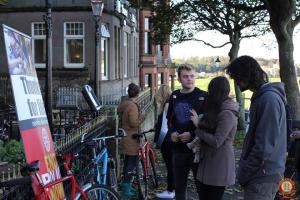
Rotaract St Andrews is a University based club sponsored by the Rotary Club of St Andrews. Check out Rotaract St Andrews Facebook page for more info
moreIn general terms the purposes of this committee are ...
moreLinks with environmental issues
more
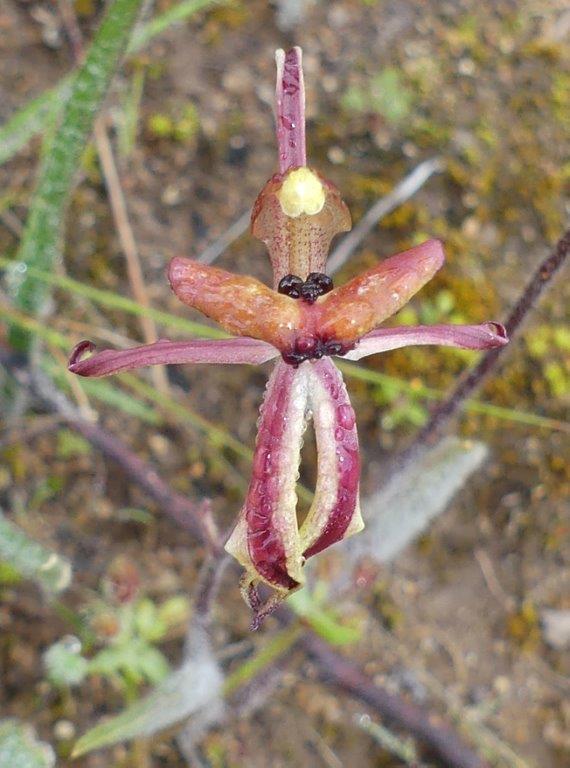
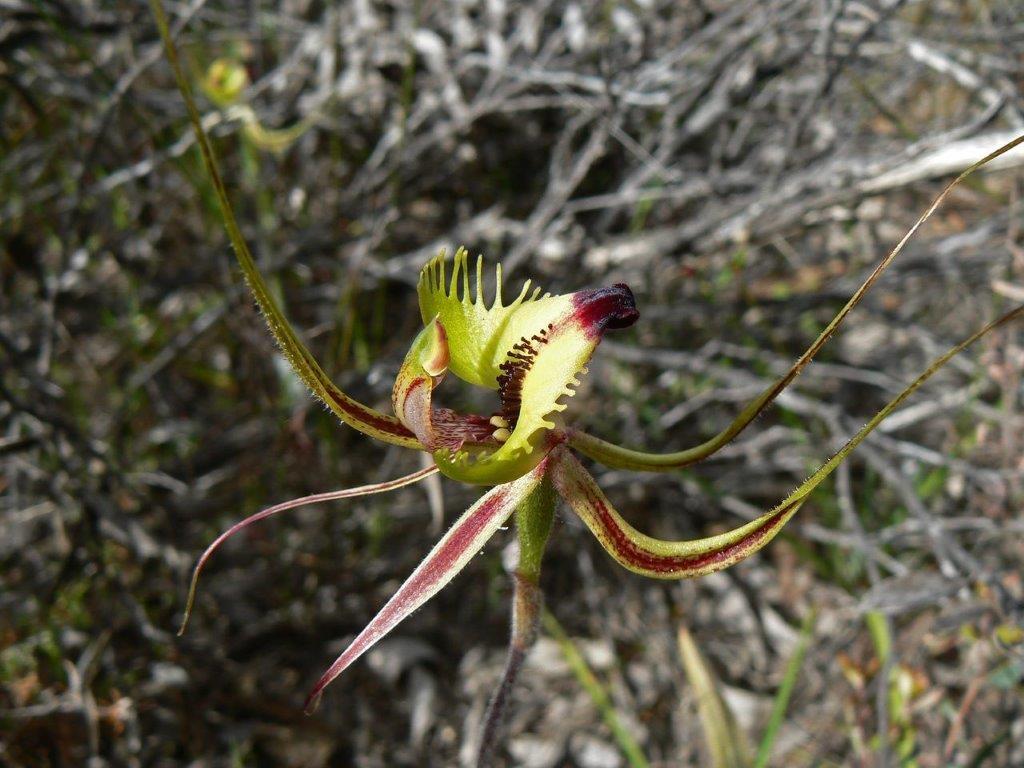
 (1024x768) (800x600)_1.jpg)
 (2).jpg)
.jpg)
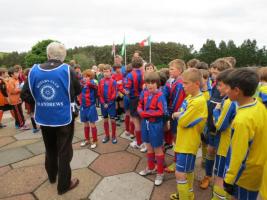
 (640x480).jpg)
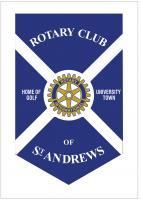
.jpg)
